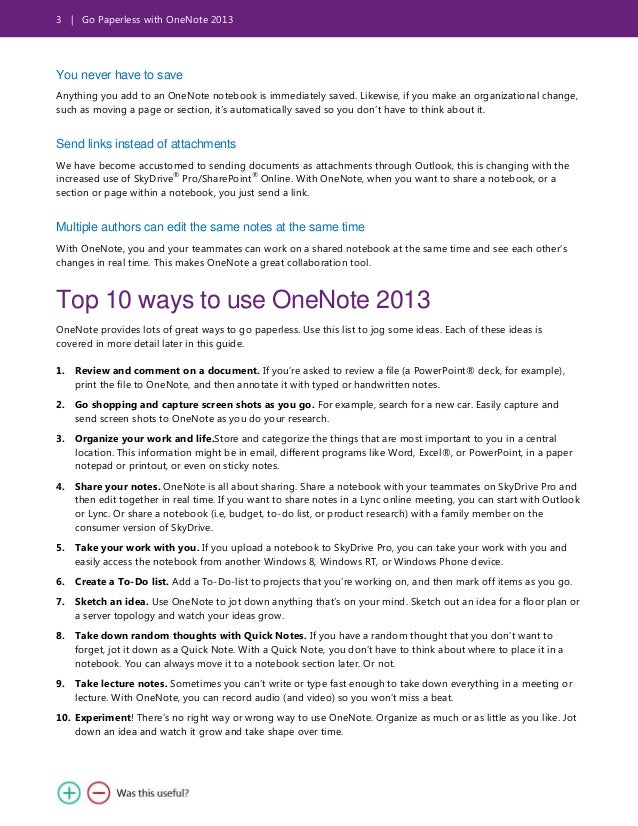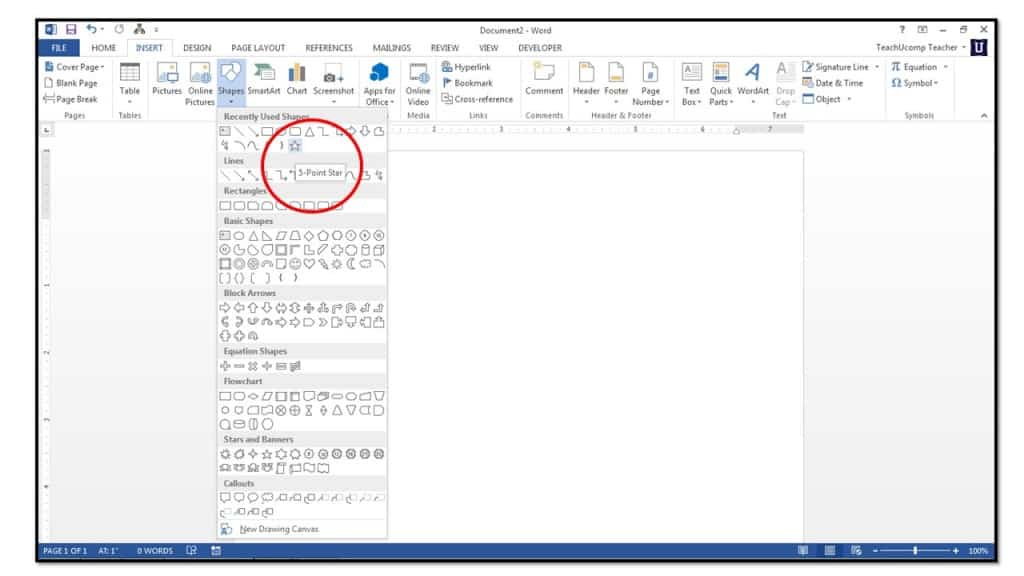

Without any training or tutorials after upgrading, users can work with Visio 2010/2013/2016 immediately.


It shows the familiar classic menus and toolbars in Microsoft Office (includes Visio) 2010/2013, helps users get through the transition from 2003 to 2010, 2013, 2016, 2019 and 365, and saves money and time on training. But if you want to know where Operations lies in the ribbon, sorry that operations is not in the ribbon and you have to customize it by yourself.Ĭlassic Menu for Office 2010, 2013, 2016, 2019 and 365 is based on Micorsoft standard add-in technology, and designed for the users who are used to the interface of Office 2003/2002/2000. Click Position, and you will find Auto Align, Space Shapes and Rotate.Īlso, on the Design tab, Re-Layout Page and Connectors commands can be found at the rightmost hand in the ribbon.
#Onenote add ins 2013 shapes how to
Learn how to build, test, debug, and publish OneNote add-ins. Take Position for example, on the Home tab, go to the Arrange group at the right corner, and you can see the Postion dialogue box. With OneNote add-ins, you can use familiar web technologies such as HTML, CSS, and JavaScript to build a solution that can run in OneNote on the web. The below instructions will list some way to find parts of shape menu commands in the ribbon. Unlike classic menu style interface, you can not find all the items from a group in shape menu, like Group, Order, Operations, Position, Space Shapes and Connectors, etc. If you have not using Classic Menu for Office. On the Menus tab, you can see Shape menu outlined in red.
#Onenote add ins 2013 shapes software
With classic menu style, Classic Menu for Office Software allows you to find shape menu like in Visio 2007 and Visio 2003. If you are using Classic Menu for Office. Classic Menu for Office Home and Business.Classic Menu for Office 2007 Applications.


 0 kommentar(er)
0 kommentar(er)
